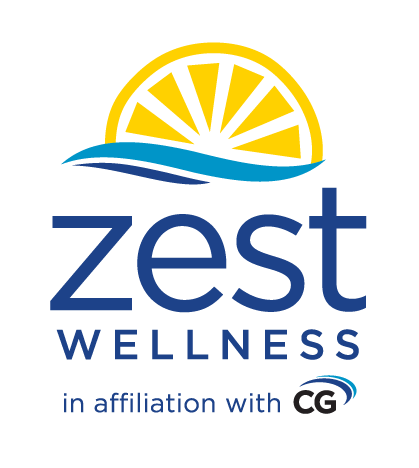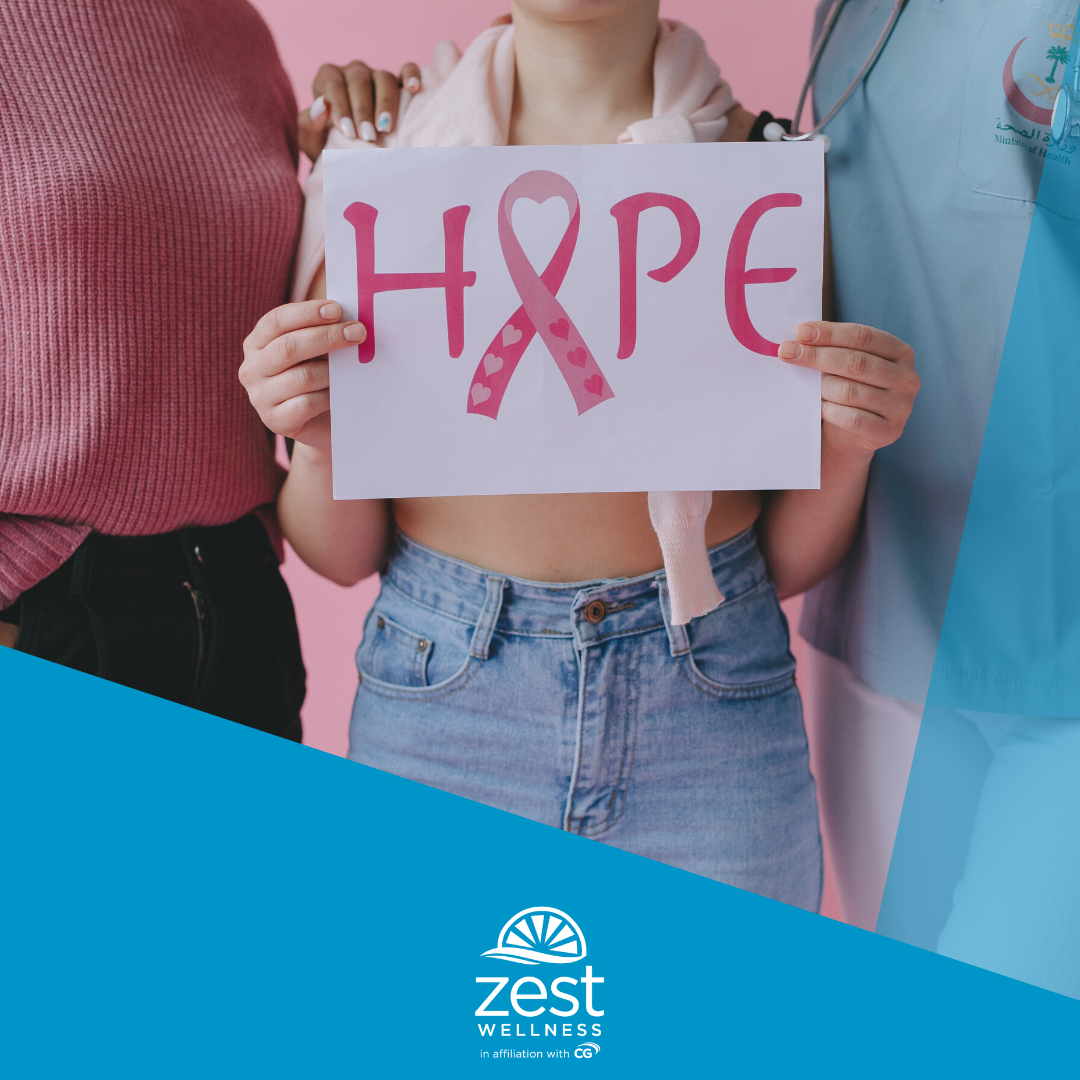Breast Cancer Prevention Tips: Taking Control of Your Health
Breast Cancer Awareness Month is in October, but there are proactive measures you can take throughout the year to both raise awareness and reduce your risk of developing breast cancer. That’s why we’re here to talk about how you can protect your breast health, learn about breast cancer types, and engage in early prevention.
Understanding Breast Cancer
Breast cancer is a type of cancer that develops in the cells of the breast. It can occur in both men and women, but it is far more common in women. Breast cancer usually originates in the milk ducts (ductal carcinoma) or the milk-producing glands (lobular carcinoma) and can also occur in the breast's fatty tissue.
Types of Breast Cancer
Breast cancer is not a single disease; it is a complex group of diseases with different characteristics. To determine the most appropriate screening and prevention strategies, healthcare providers need to determine the type of cancer. Here are some of the primary types:
Invasive Ductal Carcinoma (IDC): This is the most common type of breast cancer, accounting for about 80% of all cases. IDC starts in the milk ducts and then invades the surrounding breast tissue.
Invasive Lobular Carcinoma (ILC): ILC begins in the milk-producing glands (lobules) and can also spread to nearby tissues. It’s the second most common type of breast cancer.
Ductal Carcinoma In Situ (DCIS): Similar to IDC, DCIS begins in the milk ducts. However, it’s a non-invasive breast cancer. While it’s non-invasive, it may lead to invasive breast cancer if not treated.
Less common types of breast cancer include Triple-Negative Breast Cancer (TNBC), Inflammatory Breast Cancer (IBC), and Paget's Disease of the Breast.
Now that you have a basic understanding of breast cancer and its types, let's delve into proactive measures for breast cancer prevention.
Lowering Your Risk: What You Can Do
1. Discuss breast cancer screening with your doctor
Discuss with your healthcare provider when you should start screening for breast cancer and how frequently you should undergo breast cancer screening. This is based on your personal risk factors and family history and will vary between individuals. Learn more about breast cancer screening here.
2. Report any signs and symptoms of breast cancer
In addition to breast lumps, there are other possible signs of breast cancer you should report to your healthcare provider. Other potential indicators include pain in the breast, swelling in the breast tissue, collarbone, and/or armpit, and changes to nipples such as discharge or dimpling.
‘Being familiar with how your breasts look and feel can help you notice symptoms such as lumps, pain, or changes in size that may be of concern.’ - CDC
It’s important to note that most changes are non-cancerous or benign, but it’s still important to always communicate any changes to your doctor.
3. Make healthy lifestyle changes
Here are some quick tips from the American Cancer Society that you can consider to lower your risk. Remember to discuss any challenges to lifestyle change, including mental well-being and managing harmful substances with your healthcare provider.
Limit alcohol. The more you drink regularly, the greater your risk of developing breast cancer. Check out the CG Zest Wellness platform for the ‘Dial Back the Drinking’ Journey.
Start a smoking cessation program. Recent research confirms smoking increases the overall risk of developing breast cancer and those who smoke and have a family history of breast cancer are at an even greater risk. The CG Zest Wellness platform offers a handful of Smoking Cessation Journeys.
Maintain a healthy weight. Being overweight or obese post-menopause increases breast cancer risk. Hormone shifts caused by the natural process of menopause can increase body fat. If you struggle with maintaining a healthy weight, talk to your healthcare provider about weight management guidance.
Be physically active. Being active can help maintain a healthy weight, which in turn reduces breast cancer risk (especially after menopause). Aim for 150 minutes of moderate aerobic activity and 2 muscle-strengthening sessions per week.
Stay informed. These are just a handful of tips that you can apply to your lifestyle. There’s no sure way to prevent breast cancer, but there are many things that you can do to lower your risk. Here are some additional resources to help you learn more:
How to Make a Difference and Find Support
Looking for local breast cancer support? Consider these organizations within your area:
Cayman Islands
The Bahamas
Bermuda
Turks and Caicos Islands
Barbados
British Virgin Islands
If you found these tips helpful, be sure to share them with your loved ones! As we know, increasing discussion, awareness, and early prevention of breast cancer goes a long way.
Sources:
Centers for Disease Control and Prevention







